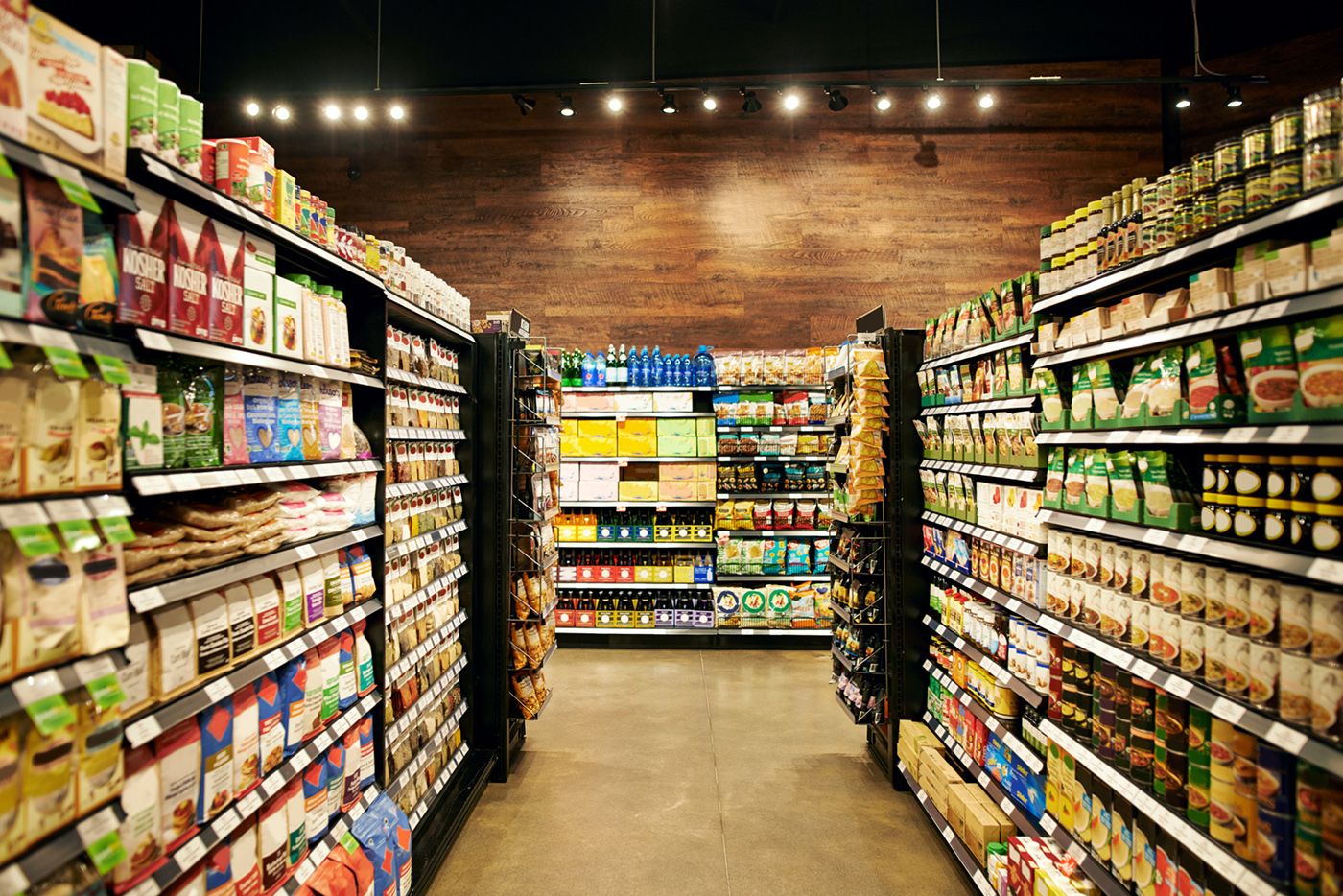New Consumer Packaging Trends Are Changing the Game for Food & Beverage Processors
Consumers today are concerned with the sustainability of the products they purchase, especially related to packaging materials. In a McKinsey survey, more than 50% of U.S. consumers are greatly concerned about the environmental impacts of packaging, and nearly 70% are willing to pay extra for eco-friendly packaging. As a result, manufacturers are “promoting sustainability in packaging across various industries,” states Aleksi Raini of InLine Engineers, a Gray company.

Food & beverage manufacturers are making a greater effort to provide sustainable materials and packaging, functional and convenient displays, and healthier food options to satisfy consumer demands. Raini indicates that overall sales for snacking and breakfast foods have increased due to the Covid-19 pandemic and more work-from-home trends, which has led to scaling up in manufacturing production. Not only do consumers find the trend toward shelf-ready displays more convenient, but “shelf-ready also drives down costs for grocery stores because of labor savings on stocking shelves,” says Raini.
“Brands are eager to communicate publicly and proactively about their packaging choices and transitions,” adds John O’Neil, president of global paper at WestRock Company, a provider of corrugated packaging materials. “Traditionally, packaging changes were subtle, quiet, and it was hard to find a brand that wanted to communicate overtly about them. However, with today’s sustainability-driven packaging changes, brands are eager to ‘go public’ about their packaging choices and share the story with consumers and other stakeholders. Packaging changes now feature prominently in product marketing, investor communications, and media outreach.”
Consumers and Sustainability
Recent studies show that consumer safety, sustainability choices, and brand relationships are all important in designing the product’s exterior (secondary) packaging. Covid-19 has especially driven the desire for packaging changes among consumer populations from the safety viewpoint.
“Consumers want packaging that is easily recycled or composted,” says O’Neil. “They are not willing to sacrifice sustainability for safety. Eighty-two percent agreed that it is important for brands to balance safety and concern for the environment when designing product packaging.”
PMMI Business Intelligence states in its “2021 Beverage Trends Driving Change” that manufacturers are responding to consumer preferences by using a range of solutions to make packaging more sustainable. For example, consumers want more eco-friendly packaging materials than plastic, such as glass, metal, or paperboard. Aluminum cans are being recycled at a rate of 50%, which makes them an attractive recycling option. However, unpredictability in the supply chain is causing a shortage of aluminum cans, and manufacturers are struggling to source them.
Paper-based bottles have attracted attention as a potential alternative to plastic. Challenges, however, include leaching of paper compounds into the product, flavor degradation, and maintaining the strength and integrity of the packaging material during transport, handling, and display. The supply chain also impacts paper availability, with many companies struggling to acquire enough of it.
Minimalist Packaging Trends
Consumers especially like the idea of reducing the amount of packaging material.
Following the idea that “less is more,” more companies are using fewer packaging materials when shipping products. “Not only does this put customers at ease with less clutter, it also shows that the company cares about the environment,” states BoxGenie, a provider of shipping materials. “Minimalist packaging also shows potential buyers that the company is fully confident in its product and does not have to resort to any additives to make up for subpar service. This also helps businesses financially by cutting shipping costs by using lighter or fewer materials.”
In the beverage industry, manufacturers are trying to reduce the amount of plastic in their packaging. However, plastic bottles with thinner side walls create challenges for manufacturers and must be handled more carefully, which adds time and cost. Additional equipment is often needed that reduces tears and malformed products during bottle manufacturing.
Another solution is using more recycled plastic in plastic packaging. A rapidly growing trend for plastic reduction is switching from virgin plastic to recycled plastic. In the PMMI study, about two-thirds of the interviewed manufacturers were already transitioning from virgin plastic bottles to recycled bottles.
Considerable research is underway to find new materials or formulations that could be developed into viable, sustainable packaging materials. For example, Aalto University in Finland is developing a new innovative foam composed of lignin (complex organic polymers), wood fiber, and nanoclay (nanoparticles containing layered mineral silicates). “This material has the potential to replace bubble wrap and Styrofoam, retaining adequate strength, flexibility, and resistance to heat,” states Nathan Pajka, sustainability specialist with Metsӓ Board, a producer of paperboard. “Grocery retailer Wegmans recently converted all egg cartons from polystyrene foam to 100% post-consumer recycled paper products. Department store Harrods is converting all plastic bags to 100% recyclable, sustainably sourced paper bags, made from 40% recycled materials.”
Flexibility Is the Key to Sustainability
The shifting strategies beverage manufacturers employ to achieve greater packaging sustainability require highly flexible, dynamic machines and can handle a range of speeds, strengths, sizes, and shapes. By designing machines to address these needs, equipment manufacturers can help beverage producers position themselves to accommodate future sustainability strategies and growth readily.
Consumers will continue to challenge companies to improve the sustainability of their packaging. “Pushing producers to provide clear, digestible, sustainability information will help consumers make quick purchasing decisions and foster trust,” says Pajka. “Consumer buying power and active participation in educational discourse are strong forces we can all use to help build a more sustainable future.”
Some opinions expressed in this article may be those of a contributing author and not necessarily Gray.
Related News & Insights
Food and Beverage
What's Driving the Growth of the Protein Segment?
Industry, Opinion
October 31, 2025Distribution
How Reliant Is the U.S. on Global Supply Chains?
Industry
September 17, 2025Food and Beverage
Beyond Compliance: Why Sanitary Design Deserves a Strategic Lens
August 25, 2025